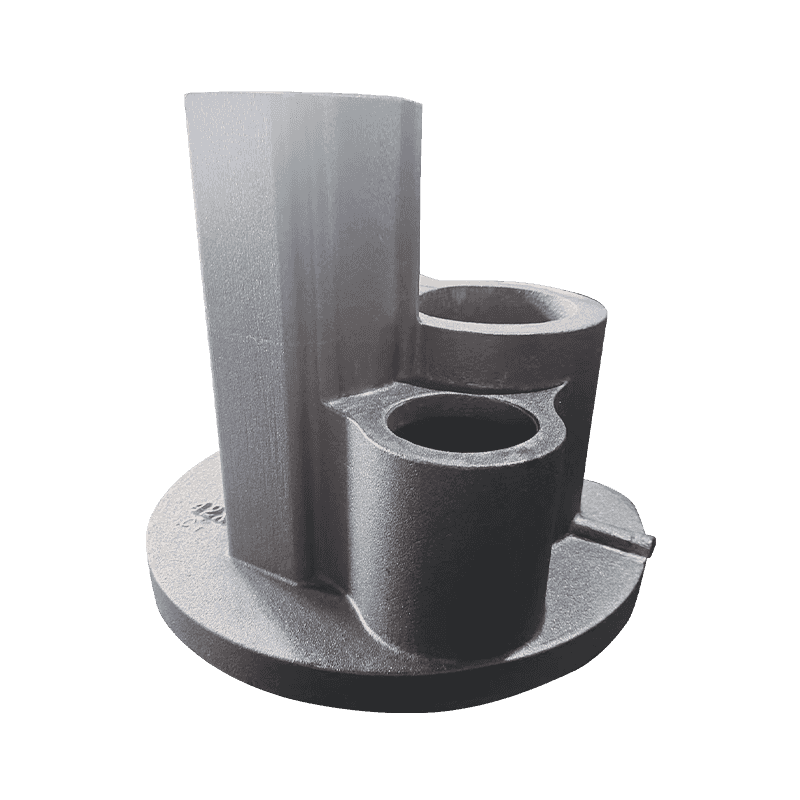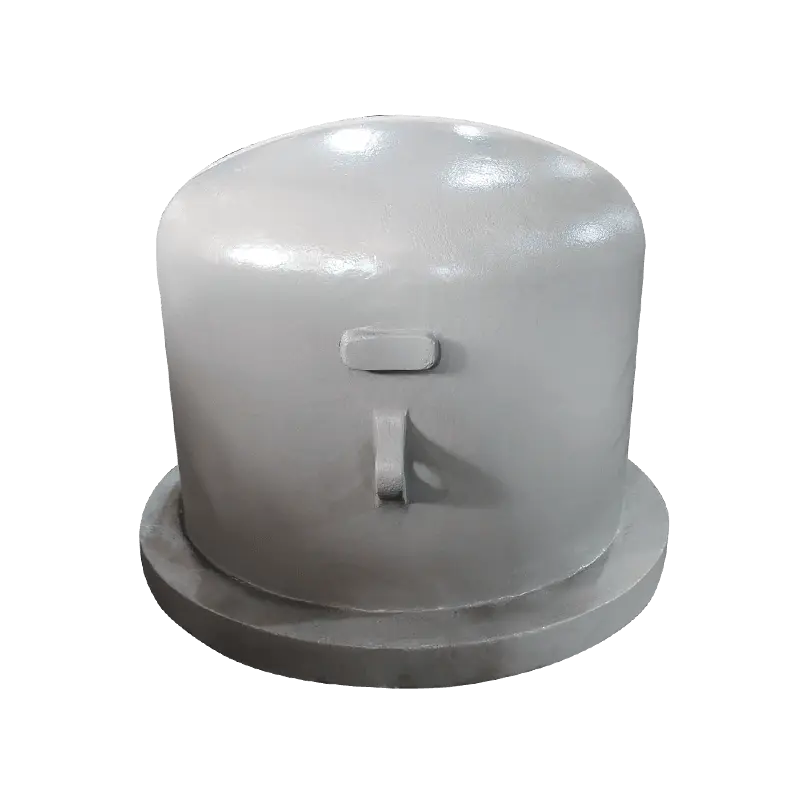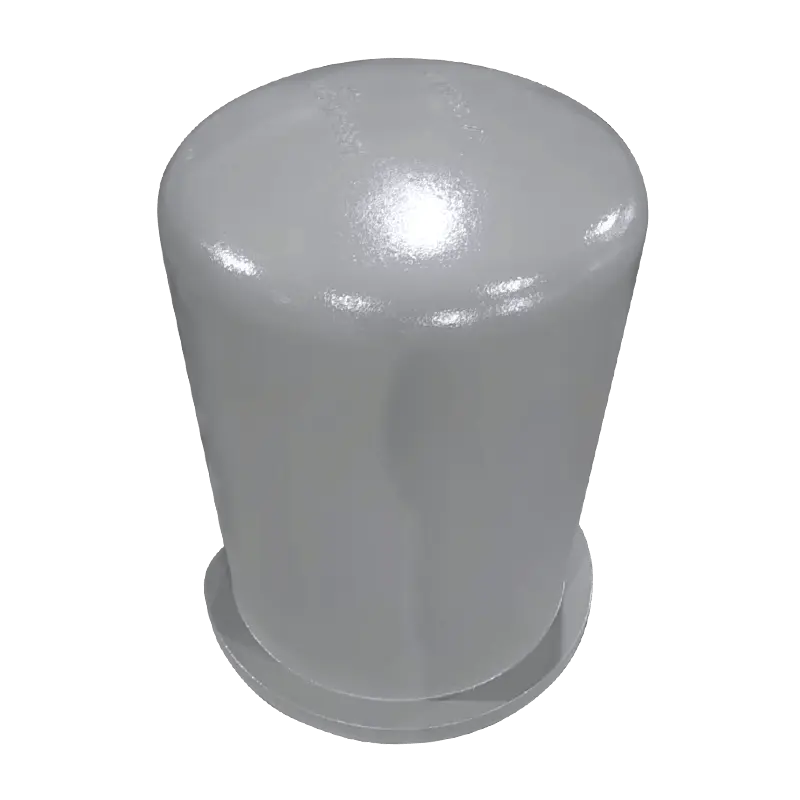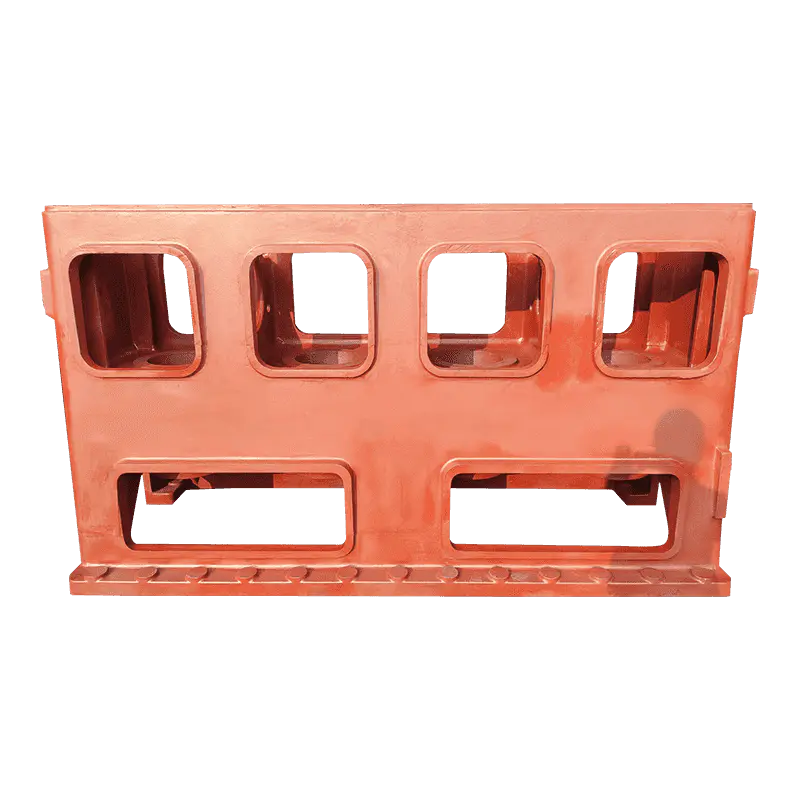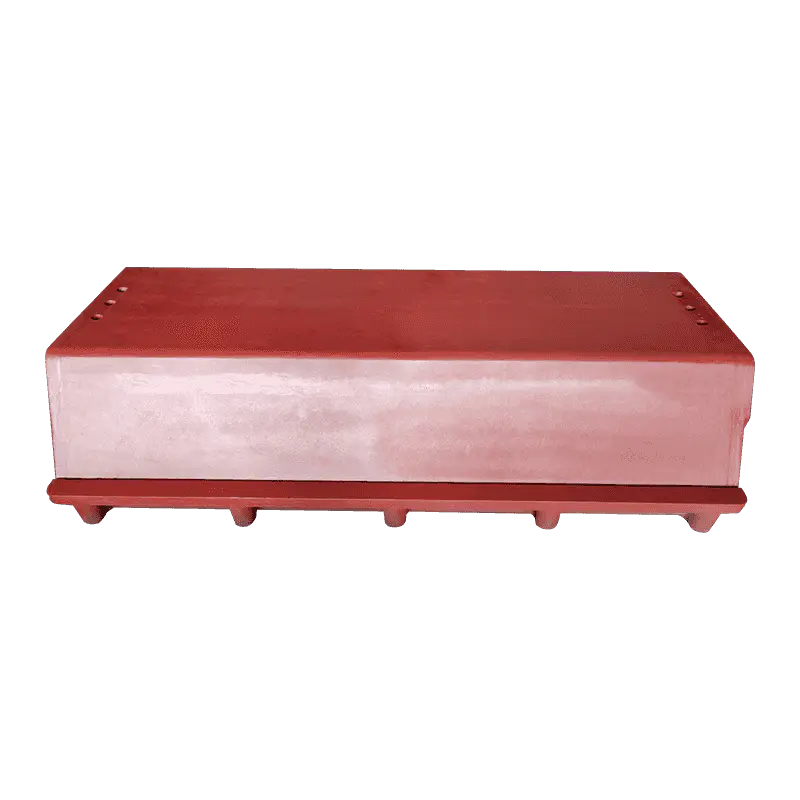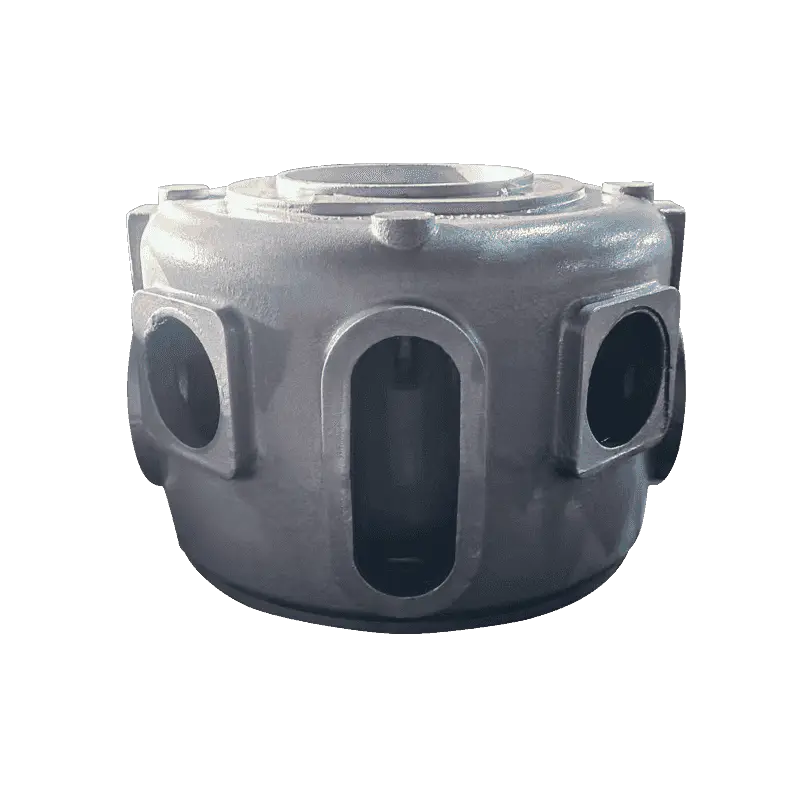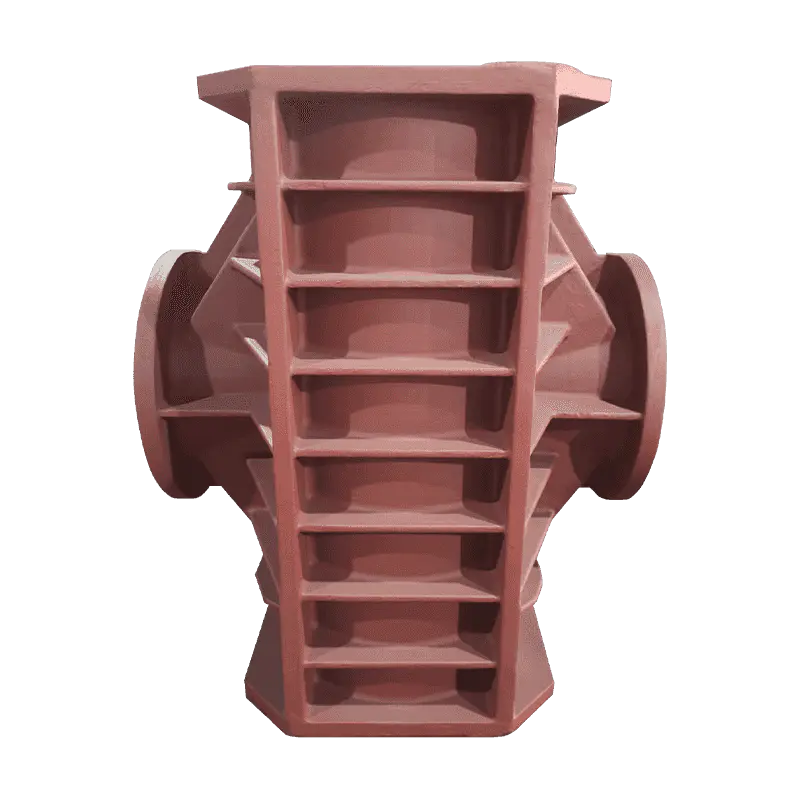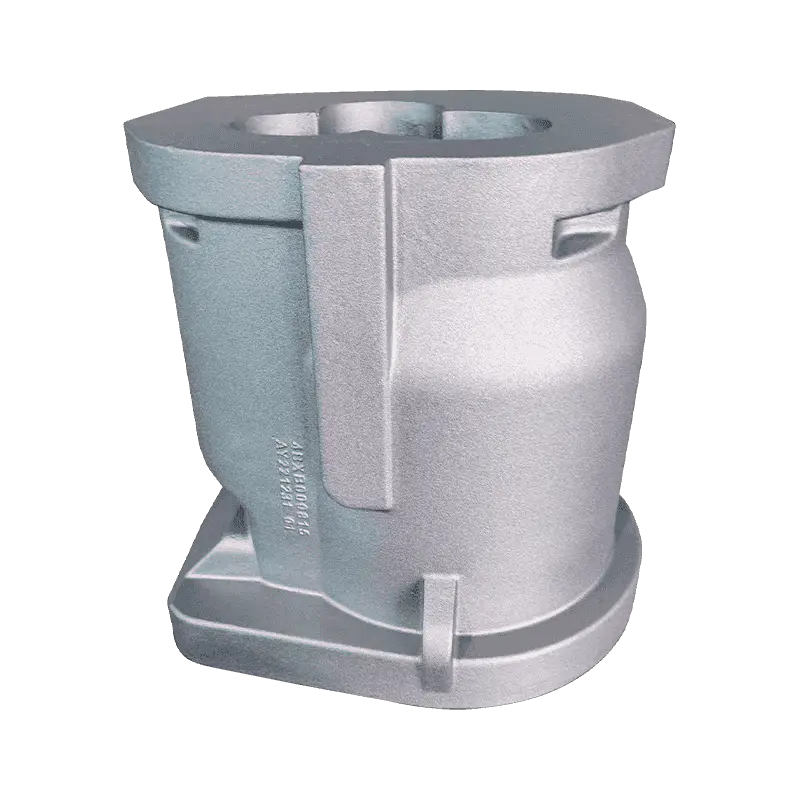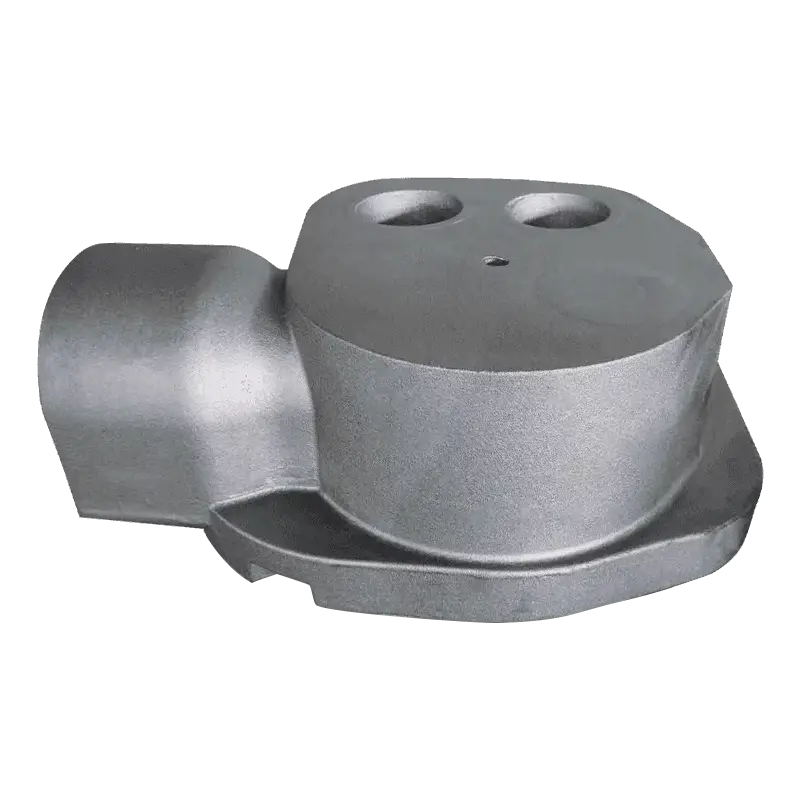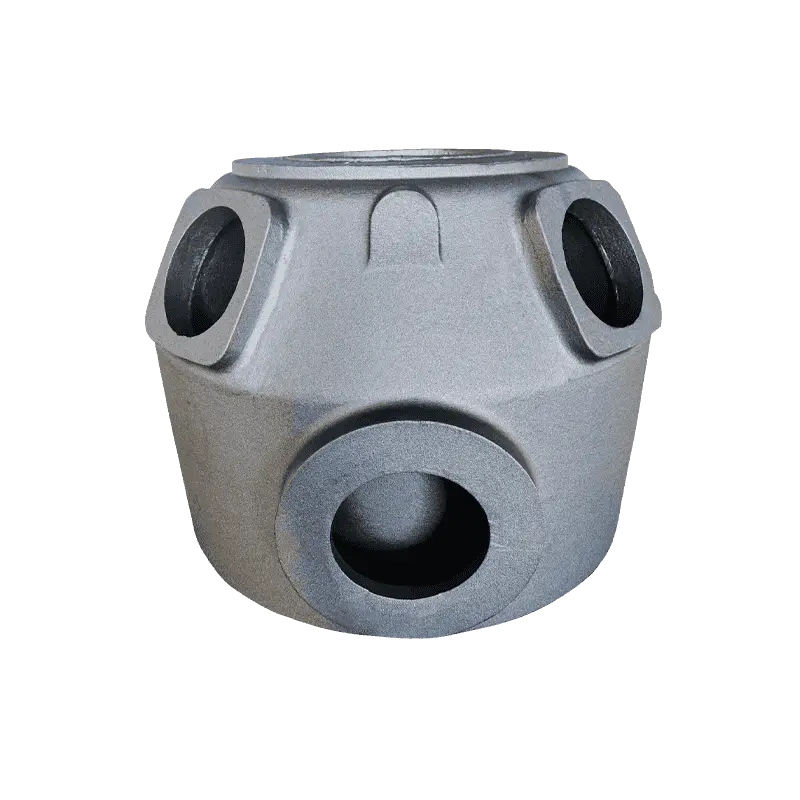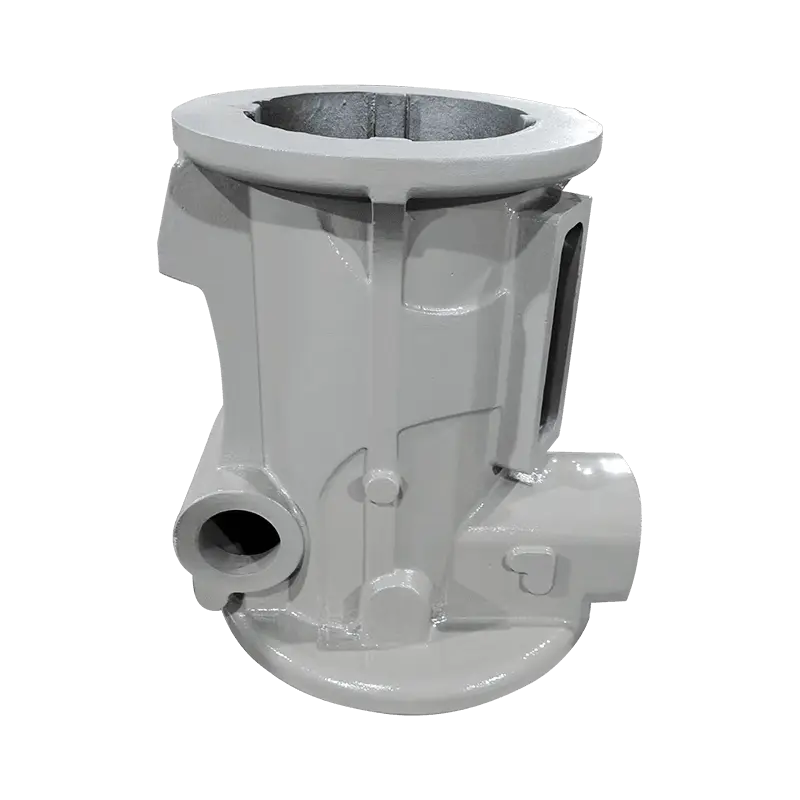The primary function of the Piston Pump Valve Body is to regulate the pressure within the hydraulic system, which is critical for ensuring the system operates within safe parameters. Hydraulic systems rely heavily on maintaining a precise balance of pressure to prevent overloading components. The valve body is equipped with pressure relief valves that are pre-set to activate when system pressure exceeds a specified limit. These relief valves divert excess pressure away from sensitive components, preventing damage and reducing the risk of catastrophic failure. Without effective pressure regulation, components such as pumps, seals, and hoses can burst, leading to fluid leakage, system downtime, and in the worst case, equipment failure or accidents. Proper pressure control within the valve body ensures that the system operates safely under varying load conditions and prevents dangerous pressure spikes.
In hydraulic systems, consistent flow is paramount for achieving stable and predictable operation. The Piston Pump Valve Body plays a central role in directing hydraulic fluid through the system to ensure steady and controlled flow. By regulating the direction, rate, and volume of fluid flow, the valve body prevents flow surges or irregularities that could compromise the stability of the system. For example, sudden fluctuations in flow can cause sudden movements of machinery, which increases the likelihood of equipment damage and operator injury. The valve body’s precise control of fluid flow minimizes the risk of erratic behavior in the hydraulic actuators, providing smoother, safer operation for both operators and equipment. Additionally, smooth flow contributes to the accurate operation of hydraulic cylinders, motors, and other components that rely on steady pressure and fluid movement.
Hydraulic systems are extremely sensitive to contamination, as even small particles or impurities can degrade fluid quality and cause extensive wear to components. The Piston Pump Valve Body contributes to system cleanliness by incorporating filtration systems and advanced sealing mechanisms designed to prevent contaminants from entering the system. Contaminated fluid can cause abrasive wear, clogging, and erosion of the pump, valve bodies, and other critical components. This wear increases the likelihood of system failures and operational inefficiencies, which in turn can lead to unsafe operating conditions. By preventing contaminants from circulating through the hydraulic circuit, the valve body ensures the system’s components remain in optimal condition, prolonging their lifespan and improving the overall safety of the system.
In hydraulic systems, particularly those involving heavy machinery or high-torque applications, sudden changes in load or pressure can result in shock loads—sharp, brief spikes in pressure or load that can damage components. The Piston Pump Valve Body is engineered to absorb and mitigate these shocks. The valve body can manage fluctuations by using shock absorbers or dampers that cushion the impact and distribute the pressure evenly. This prevents damage to the pump and other components caused by abrupt shifts in load, which could otherwise lead to mechanical breakdowns or accidents. For example, an improperly managed shock load could cause a hydraulic cylinder to extend or retract unpredictably, leading to loss of control. By buffering these impacts, the valve body ensures that hydraulic movements remain controlled, reducing the risk of injuries and failures.
In any complex hydraulic system, the possibility of component failure is an inherent risk. The Piston Pump Valve Body is designed to handle failure scenarios safely, preventing the spread of malfunction across the entire system. In the event of a malfunction, such as a pressure relief valve failure or internal leak, the valve body is equipped with fail-safe mechanisms that allow the hydraulic fluid to flow safely away from the failed area. This minimizes damage to other parts of the system and ensures that the failure does not lead to dangerous conditions, such as catastrophic pressure spikes or fluid leakage. Many valve bodies are designed to include a bypass valve that allows fluid to circulate around a malfunctioning area, ensuring continuous operation without compromising safety.

